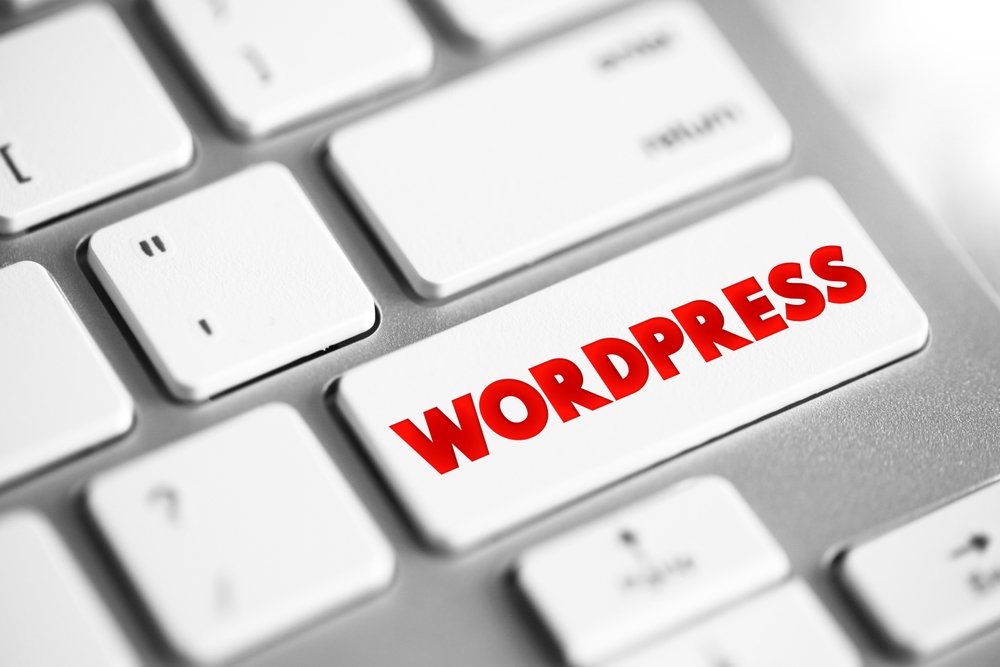
WordPress has become one of the most popular content management systems (CMS) in the world. Whether you are a blogger, a small business owner, or an e-commerce entrepreneur, WordPress provides a user-friendly platform to create and customize your website without any coding knowledge. In this article, we will explore some essential tips and tricks to help you master WordPress (WP) and make the most out of your website.
1. Choose the Right Theme:The first step in customizing your WordPress website is to choose the right theme. WordPress (or WP) offers a vast collection of free and premium themes that can completely change the look and feel of your website. Look for a theme that aligns with your brand identity, is responsive, and has good reviews. Customizable theme options will give you more control over the design and layout of your website.
2. Customize Your Menus:
WordPress allows you to create custom menus that can be placed in different locations on your website. To customize your menus, go to "Appearance" > "Menus" in your WordPress dashboard. You can create multiple menus and add different pages, categories, or custom links to each menu. This way, you can ensure that your website's navigation is user-friendly and displays the most important pages or categories.
3. Install Essential Plugins:
Plugins are one of the most powerful features of WordPress , allowing you to extend the functionality of your website. Some essential plugins to consider are:
- Yoast SEO: Helps optimize your website for search engines.
- Contact Form 7: Enables you to create and manage contact forms.- WooCommerce: Perfect for setting up an online store.
- Smush: Compresses and optimizes images for faster loading.
- UpdraftPlus: Allows you to schedule backups of your website.
Always research and choose plugins from reputable sources to ensure compatibility and security.
4. Customize Your Homepage:Your homepage is the first impression visitors get of your website, so it's important to make it visually appealing and informative. WordPress (the platform for bloggers) gives you the flexibility to customize your homepage by choosing the layout, adding widgets, or using custom page builders such as Elementor or Beaver Builder. Incorporate high-quality images, concise text, and clear call-to-action buttons to engage your visitors and guide them through your website.
5. Optimize for Speed:
Website loading speed plays a crucial role in user experience and search engine rankings. WordPress (the blogging platform) provides several ways to optimize your website's speed. Start by choosing a lightweight theme and ensure that your images are properly optimized. You can also use caching plugins like W3 Total Cache or WP Rocket to improve page load times. Regularly monitoring your website's speed using tools like GTmetrix or Pingdom can help you identify areas for improvement.
6. Regularly Update WordPress:
Keeping your WordPress installation, themes, and plugins up to date is essential for maintaining the security and functionality of your website. WordPress regularly releases updates to enhance security and fix any bugs or vulnerabilities. To update WordPress, go to "Dashboard" > "Updates" and follow the instructions. Before updating, it is recommended to create a backup of your website to avoid potential compatibility issues.
7. Security Measures:
WordPress is a popular platform, making it an attractive target for hackers. Implementing security measures is crucial to protect your website. Start by choosing strong and unique passwords for your WordPress admin account and regularly change them. Installing security plugins like Sucuri or Wordfence can further strengthen your website's security by providing features like firewall protection, malware scanning, and login protection. Additionally, it is important to regularly backup your website to ensure you can recover in case of any security breaches or data loss.
Frequently Asked Questions:
Q1: Can I use WordPress for e-commerce websites?A1: Yes, WordPress provides plugins like WooCommerce that can help you set up and manage your e-commerce store easily.
Q2: Is it necessary to learn coding to use WordPress?
A2: No, WordPress offers a user-friendly interface and allows you to create and customize your website without any coding knowledge. However, some coding knowledge can be beneficial for more advanced customization.
Q3: How can I improve my website's search engine rankings with WordPress?
A3: WordPress offers plugins like Yoast SEO that help optimize your website for better search engine rankings. Additionally, creating high-quality content, using relevant keywords, and building quality backlinks can contribute to improved rankings.
Q4: Can I change my theme after setting up my website?
A4: Yes, you can change your website's theme at any time. However, it is important to ensure that the new theme is compatible with your existing content and plugins.
Q5: How often should I update my WordPress installation and plugins?
A5: It is recommended to regularly check for updates and install them as soon as they are available. This helps to ensure your website is always secure and running smoothly.
Conclusion:
WordPress provides a powerful and flexible platform for creating and customizing your website. By following these essential tips and tricks, you can make the most out of WordPress and create a user-friendly and visually appealing website. Remember to choose the right theme, customize your menus and homepage, optimize for speed, and regularly update and secure your website. With WordPress, the possibilities are endless for creating a unique and successful online presence.
Other useful resources
- https://www.wordpress24plus.com/wordpress-tools-directory/
- https://www.wordpress24plus.com/wordpress-tools-directory/wordpress-themes/